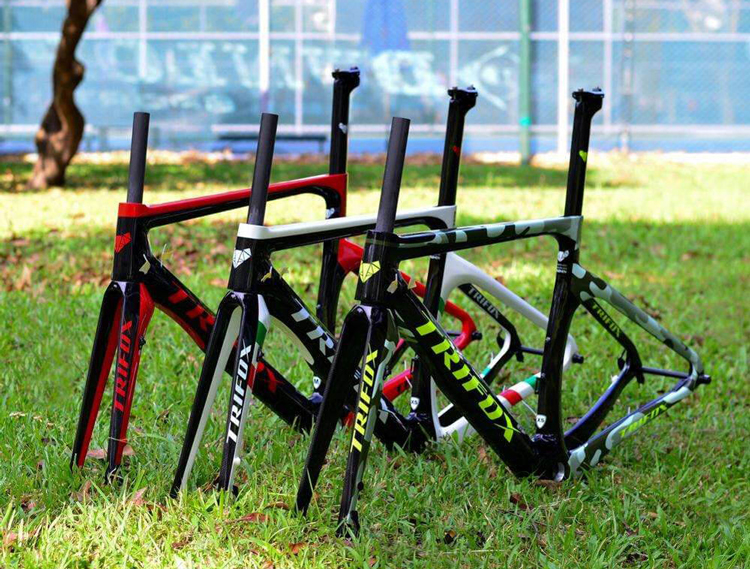What makes a touring bike?
I believe most of my friends who ride bicycles know about “traveling by bike”, but we have a vague understanding of the profound meaning of touring bicycle. Unlike road bikes or mountain bikes, which have special functions to define them, at present its significance lies more in travel than in touring bicycle itself. What is touring bicycle? Wikipedia gives us a correct definition:A touring bicycle is a bicycle designed or modified to handle bicycle touring. To make the bikes sufficiently robust, comfortable and capable of carrying heavy loads, special features may include a long wheelbase (for ride comfort and to avoid pedal-to-luggage conflicts), frame materials that favor flexibility over rigidity (for ride comfort—though frame flexing can eventually lead to metal fatigue and frame failure, so newer frames are rigid), heavy duty wheels (for load capacity), and multiple mounting points (for luggage racks, fenders, and bottle cages).
Specifically speaking,a touring bike is designed for multi-day rides where you’re carrying everything you need with you.Depending on the ride that you’ve planned, that might include a tent, food, cooking gear, multiple changes of clothes, as well as wet and cold weather gear. Or you might be riding between hotels or hostels and not need to carry so much kit. Traditionally, that luggage is carried in panniers mounted on a front or rear rack. Load-lugging capacity might be increased further by a saddlebag, rack-top bag and a bar bag.
There are advantages to the more traditional pannier-centric set-up. Panniers keep the centre of gravity lower than newer and trendier bikepacking bags. They are also fixed more firmly to the bike, giving you more stable handling.This sounds very heavy and complicated, but it is an essential tool in the process of cycling tourism.
Seen in many pictures or videos of touring bicycle, you can hardly see that a fully-suspended mountain bike or a hard-tailed mountain bike has been transformed into a touring bicycle one. However, touring bicycle is very similar to road bikes in structure, but there are many differences in details. A touring bike’s geometry will favour stability. It will typically have a long wheelbase and chainstays, and slack frame angles.The longer wheelbase also means that it’s less likely that luggage or a front mudguard will get in the way of your pedal stroke. A short-ish reach, often coupled to a riser stem, will give quite an upright ride position for comfort over long days in the saddle.
Component
Drop bars will allow you to vary your hand position as you ride and lower your frontal profile on a day with persistent headwinds, although some touring bikes have flat bars. Trifox Carbon Drop Bar is light, hard and shock-absorbing. In addition, the area is large enough to allow the rider to reduce the resistance of the body in the air and relax his arms better.
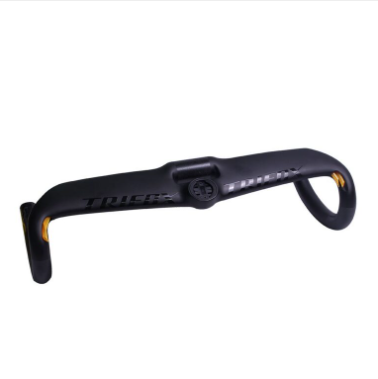
It s always good to have lights on your bike, even if you don t plan to ride at night. Unless you plan on going old school with paper maps, you ll also need to keep your GPS computer charged up. That’s a very practical looking bike! The chainguard and dynamo light are very cool.
You’re not going to be able to choose your weather on a multi-day tour, so a touring bike will have mounting points for full mudguards. These help to keep you more comfortable and cleaner on wet days.
Of course, the most important thing in touring bicycle is security. Brake is the most representative safety problem of bicycles. Although most people still use rim brake or are more sure that rim brake is better than disc brake, it is undeniable that disc brake is more efficient in its application range.Modern bikes are almost entirely equipped with disc brakes.Disc brakes will give you more consistent braking performance, in the wet or dry, than rim brakes and usually more outright stopping power or modulation.Rim brakes are fine in drier weather, but you need to be more careful how you ride if it’s wet (and especially if your bike has carbon rims), allowing for more stopping distance. If it’s touring bicycle disc brake, it’s obviously more reassuring than rim brake. But the price of disc brakes in the market is more expensive than that of rim brake.
Everyone has different opinions about the most suitable materials in touring bicycle. If we are looking for stability, we can choose steel and aluminum alu materials. Although it will be cumbersome during the trip, it is very stable and reassuring. An alloy frame can actually be lighter than a carbon fibre one at a similar price, although expensive carbon frames will always be lighter still.
For those cyclists who want to travel easily but don’t have enough money, maybe you can consider trifox Carbon Road Bike Frame X18. It is not only made of carbon fiber T800, but also the lightest road frame of our brand, with a minimum weight of only 838g. From the details, the length of its Top Tube Lenght Horizontal is also the longest (577cm) in the road frame, so there is enough space to place the package and it will not affect the riding. From the details, two kettle racks can be installed at the bottom of it. Both the handlebars and the seat tube are made of carbon fiber, so your legs or hands can better reduce the vibration when you ride, thus reducing the fatigue during riding. This frame belongs to the Thru- axle, so you don’t have to worry about not tightening it like a quick-release frame during the riding journey, and you are worried about the wheel falling off when the riding vibrates, resulting in a dangerous phenomenon.
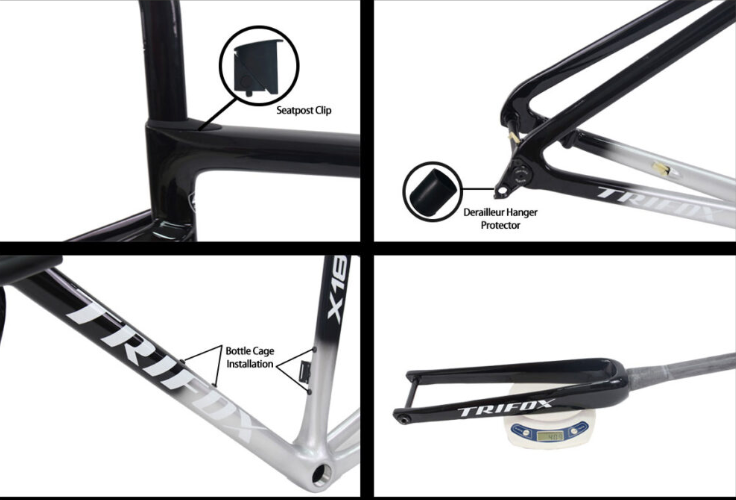
If you are worried that this frame is too light and the center of gravity is unstable. As mentioned above, Traditionally, that luggage is carried in panniers mounted on a front or rear rack. Load-lugging capacity might be increased further by a saddlebag, rack-top bag and a bar bag. There are advantages to the more traditional pannier-centric set-up. Panniers keep the centre of gravity lower than newer and trendier bikepacking bags. They are also fixed more firmly to the bike, giving you more stable handling.
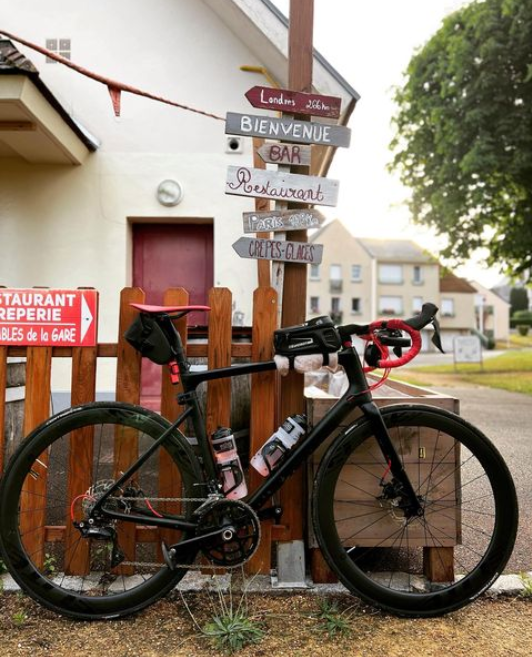
There is also a question about the weight of the wheel set. There is a difference between tour bikes and road bikes. Cyclists who often use bicycles are usually prepared with two pairs of wheelsets to adapt to where they are going or the way they ride.
Touring bikes of old had quite tight tyres clearance, so there was a limit to how wide you could go. That’s changed with newer touring bikes, such as the Genesis Tour de Fer, taking tyres up to 38mm wide and the Dawes Galaxy coming with 32mm rubber as stock. Both can take larger tyres should you wish. Wide tyres, comfort and stable handling sound like features of a gravel bike, but a gravel bike is designed around off-road riding, whereas the majority of traditional touring bikes are designed with tarmac in mind. Although you could fit knobbly tyres or ride unmetalled surfaces, a touring bike will usually come equipped with road-going rubber. Clearance to cope with mud build-up may not be as generous as on a gravel bike either.Of course, what kind of tires to use should be decided by what kind of road the cyclist passes the most. But on the whole, the bigger the tire area, the more stable our frame will be, but it will also increase the risk of injury.
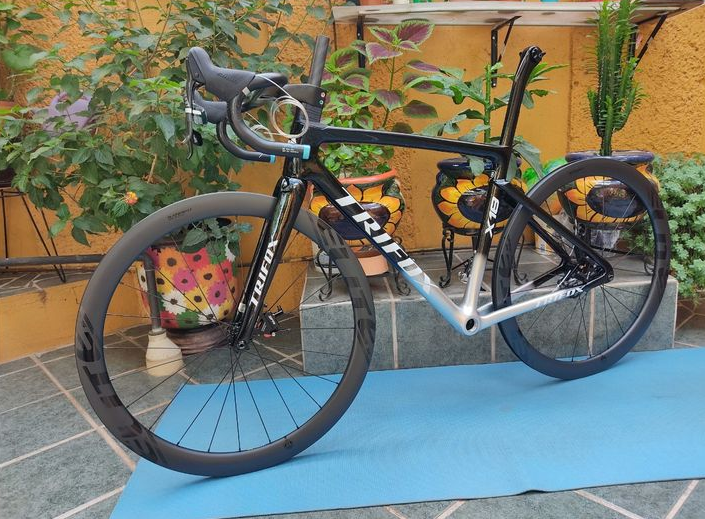
Why I would recommend lightweight frame?
One unmentioned issue in the touring choice is stairs: if you need to carry your bike up and down stairs at any point in time, a light vehicle– such as light aluminum and light carbon frame — is a better choice than a heavier hybrid.
































































